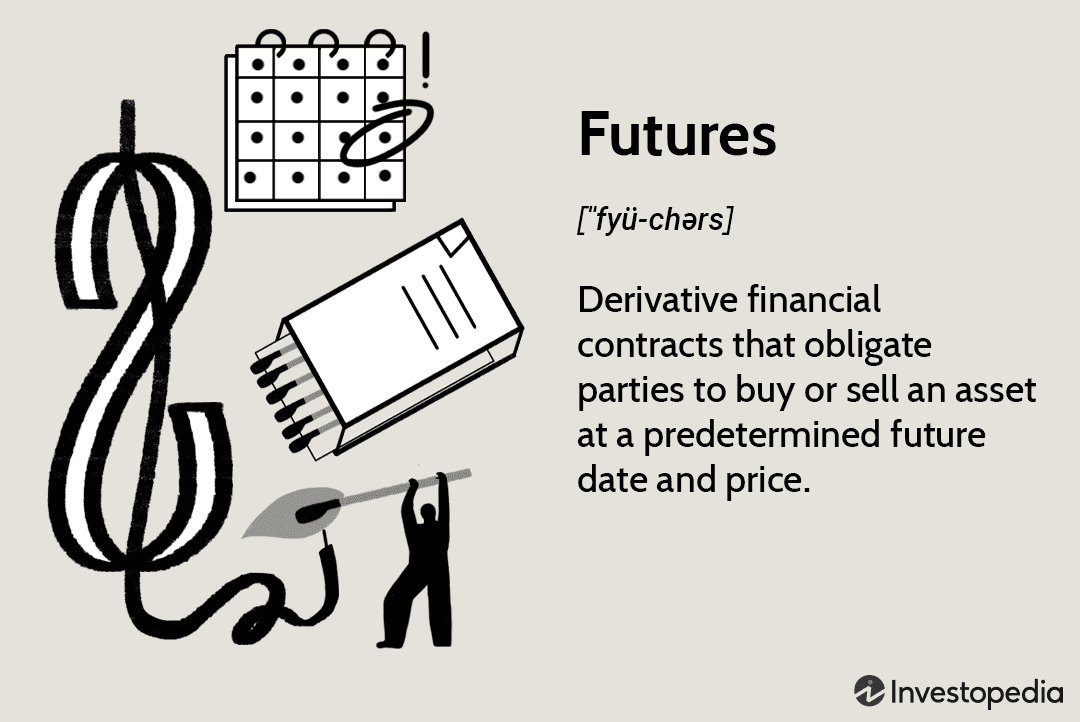
You need to understand the basics of currency pairings and leverage before you can trade forex. This article will also cover trading platforms and fundamental analysis. Let's start with the basics of a long-term position. This means a trader bought a currency expecting it to appreciate in value. They will then sell it back to the market at a price higher than what it was bought for.
Leverage
Leverage in forex trading is a financial instrument that allows traders to use more capital than what they actually need to make trades. Traders have the option to increase their position by using financial leverage to buy more stocks. This method can increase profits as well as losses, so traders should use caution when using it. This article will provide information on the different types leverage used in Forex trading. Let's start with the definition of leverage.

Currency pairs
Forex trading offers you the opportunity to trade different currency pairs, with a variety if currencies. Market prices are the price at which one unit of a currency pair can be bought or sold. For example, the market price of EUR/USD is 1.3635, meaning that one Euro will buy $1.3533 of US Dollars. When trading currency pairs, the bid and ask prices are constantly updated.
Trading platforms
There are many forex trading platforms. These trading platforms enable you to trade using leverage. You can trade with leverage of up to 1:50 for major currency pairs, and only a maximum of 1:20 for exotic currencies. It is up to you which platform you prefer. There are many forex trading platforms that are more effective than others. Learn how to find the right one for you by reading the following information.
Fundamental analysis
Fundamental analysis when trading forex is about analyzing economic data from several countries. One example is that a trader interested in Eurozone currencies would like to track Eurozone interest prices, since they are more relevant than U.S. yields. In the same way, news releases from Eurozone members will prove to be beneficial as they provide information about the economic health of the countries. Forex traders need to do fundamental analysis if they want to make money.

Analyse technique
Charts can be used to analyze currency pair prices if you are new to forex trading. Using these charts can help you identify price trends, set price objectives, and use stop-loss levels. Technical analysts are usually looking for a return to risk ratio of at minimum 2:1. Candlestick patterns can be used as an example of oriental technical analysis. They are useful for short-term trades and help to identify pivot points. Popular candle patterns include the morning and evening stars, engulfing candles, and dojis.
FAQ
How do I choose a good investment company?
You should look for one that offers competitive fees, high-quality management, and a diversified portfolio. Commonly, fees are charged depending on the security that you hold in your account. Some companies charge no fees for holding cash and others charge a flat fee per year regardless of the amount you deposit. Others charge a percentage of your total assets.
It is also important to find out their performance history. If a company has a poor track record, it may not be the right fit for your needs. You want to avoid companies with low net asset value (NAV) and those with very volatile NAVs.
Finally, it is important to review their investment philosophy. A company that invests in high-return investments should be open to taking risks. If they aren't willing to take risk, they may not meet your expectations.
Are bonds tradable?
Yes, they do! Like shares, bonds can be traded on stock exchanges. They have been traded on exchanges for many years.
The only difference is that you can not buy a bond directly at an issuer. A broker must buy them for you.
It is much easier to buy bonds because there are no intermediaries. This means that selling bonds is easier if someone is interested in buying them.
There are different types of bonds available. Different bonds pay different interest rates.
Some pay quarterly, while others pay interest each year. These differences make it easy for bonds to be compared.
Bonds can be very useful for investing your money. For example, if you invest PS10,000 in a savings account, you would earn 0.75% interest per year. You would earn 12.5% per annum if you put the same amount into a 10-year government bond.
If all of these investments were put into a portfolio, the total return would be greater if the bond investment was used.
What is security in the stock exchange?
Security is an asset that generates income. Most security comes in the form of shares in companies.
A company may issue different types of securities such as bonds, preferred stocks, and common stocks.
The earnings per share (EPS), and the dividends paid by the company determine the value of a share.
A share is a piece of the business that you own and you have a claim to future profits. If the company pays you a dividend, it will pay you money.
You can sell shares at any moment.
How do people lose money on the stock market?
The stock market does not allow you to make money by selling high or buying low. You lose money when you buy high and sell low.
The stock market is an arena for people who are willing to take on risks. They will buy stocks at too low prices and then sell them when they feel they are too high.
They are hoping to benefit from the market's downs and ups. But if they don't watch out, they could lose all their money.
Statistics
- The S&P 500 has grown about 10.5% per year since its establishment in the 1920s. (investopedia.com)
- Our focus on Main Street investors reflects the fact that American households own $38 trillion worth of equities, more than 59 percent of the U.S. equity market either directly or indirectly through mutual funds, retirement accounts, and other investments. (sec.gov)
- Individuals with very limited financial experience are either terrified by horror stories of average investors losing 50% of their portfolio value or are beguiled by "hot tips" that bear the promise of huge rewards but seldom pay off. (investopedia.com)
- US resident who opens a new IBKR Pro individual or joint account receives a 0.25% rate reduction on margin loans. (nerdwallet.com)
External Links
How To
How to open a trading account
First, open a brokerage account. There are many brokers that provide different services. There are many brokers that charge fees and others that don't. Etrade, TD Ameritrade and Schwab are the most popular brokerages. Scottrade, Interactive Brokers, and Fidelity are also very popular.
Once your account has been opened, you will need to choose which type of account to open. You should choose one of these options:
-
Individual Retirement Accounts, IRAs
-
Roth Individual Retirement Accounts
-
401(k)s
-
403(b)s
-
SIMPLE IRAs
-
SEP IRAs
-
SIMPLE SIMPLE401(k)s
Each option comes with its own set of benefits. IRA accounts offer tax advantages, but they require more paperwork than the other options. Roth IRAs are a way for investors to deduct their contributions from their taxable income. However they cannot be used as a source or funds for withdrawals. SIMPLE IRAs and SEP IRAs can both be funded using employer matching money. SIMPLE IRAs can be set up in minutes. They enable employees to contribute before taxes and allow employers to match their contributions.
Finally, you need to determine how much money you want to invest. This is called your initial deposit. Most brokers will give you a range of deposits based on your desired return. Based on your desired return, you could receive between $5,000 and $10,000. The lower end of the range represents a prudent approach, while those at the top represent a more risky approach.
After you've decided which type of account you want you will need to choose how much money to invest. There are minimum investment amounts for each broker. The minimum amounts you must invest vary among brokers. Make sure to check with each broker.
Once you have decided on the type of account you would like and how much money you wish to invest, it is time to choose a broker. Before you choose a broker, consider the following:
-
Fees – Make sure the fee structure is clear and affordable. Many brokers will try to hide fees by offering free trades or rebates. However, some brokers charge more for your first trade. Avoid any broker that tries to get you to pay extra fees.
-
Customer service – You want customer service representatives who know their products well and can quickly answer your questions.
-
Security - Select a broker with multi-signature technology for two-factor authentication.
-
Mobile apps - Check if the broker offers mobile apps that let you access your portfolio anywhere via your smartphone.
-
Social media presence. Find out whether the broker has a strong social media presence. If they don't, then it might be time to move on.
-
Technology - Does the broker utilize cutting-edge technology Is the trading platform user-friendly? Are there any issues with the system?
After choosing a broker you will need to sign up for an Account. Some brokers offer free trials while others require you to pay a fee. After signing up, you will need to confirm email address, phone number and password. Then, you'll be asked to provide personal information such as your name, date of birth, and social security number. You'll need to provide proof of identity to verify your identity.
After you have been verified, you will start receiving emails from your brokerage firm. These emails will contain important information about the account. It is crucial that you read them carefully. These emails will inform you about the assets that you can sell and which types of transactions you have available. You also learn the fees involved. Keep track of any promotions your broker offers. These may include contests or referral bonuses.
The next step is to open an online account. Opening an online account is usually done through a third-party website like TradeStation or Interactive Brokers. Both sites are great for beginners. You will need to enter your full name, address and phone number in order to open an account. Once you have submitted all the information, you will be issued an activation key. You can use this code to log on to your account, and complete the process.
You can now start investing once you have opened an account!